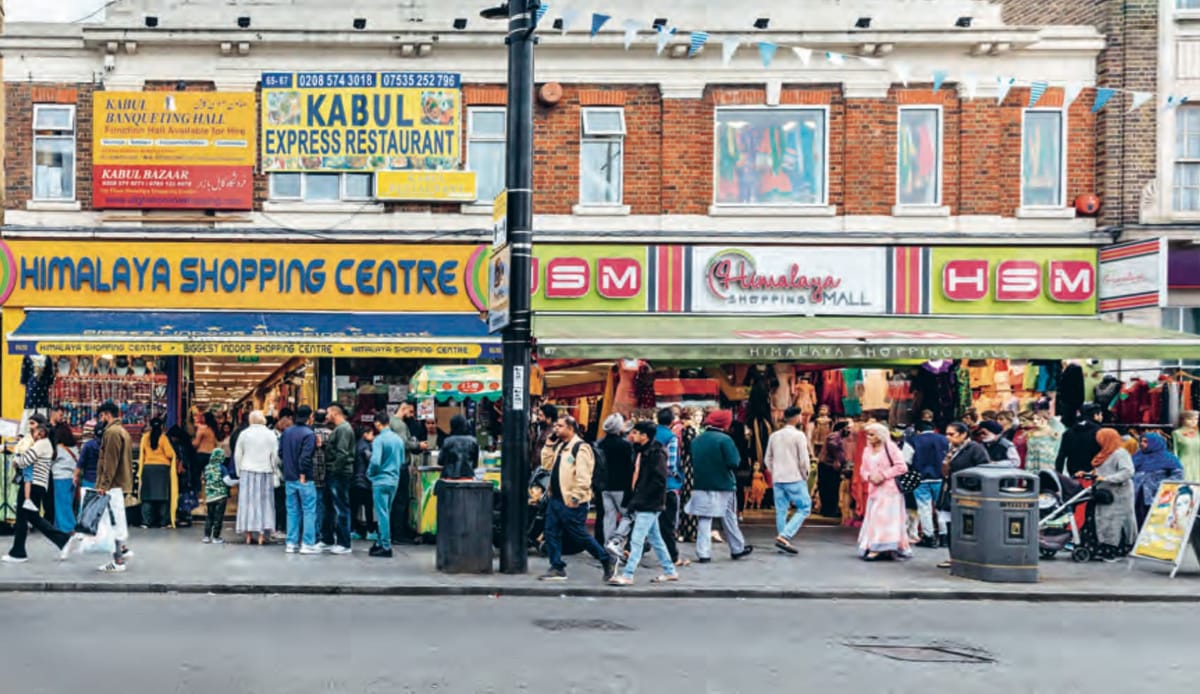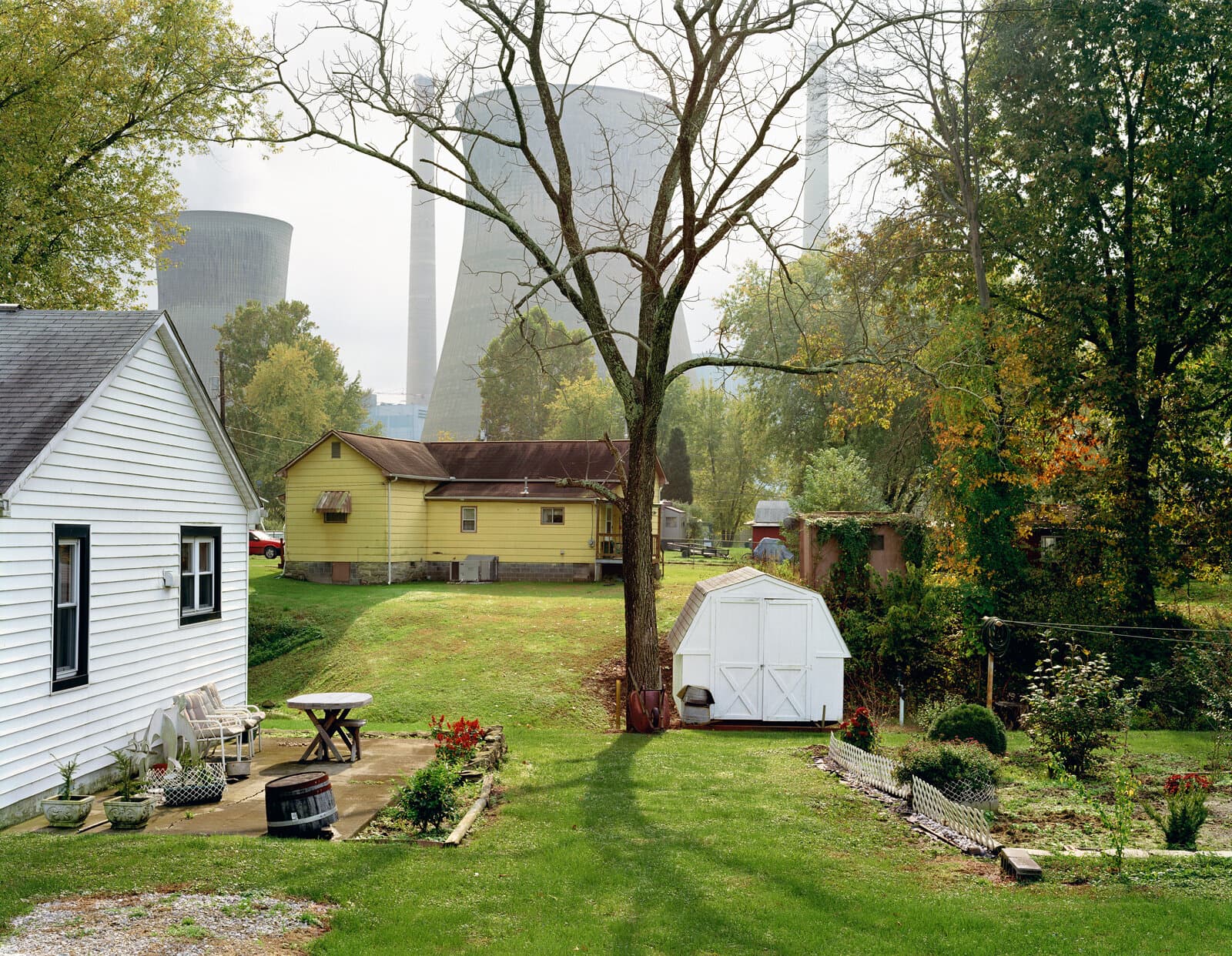The Future Sound of London
A new anthology with predictions of London a century from now misses the voices of today’s residents.

Hi everyone,
This week, some notes on a book about envisioning London a century from now. I’m also experimenting with the newsletter’s format. The main story is now at the bottom; if you’re just here for a quote and some quick links, you can skim them up top.
Oh, and since this is a holiday weekend for many, I snuck a pattern into the good links I selected—a little Easter egg for you. Can you figure it out? Hit reply and let me know. 🐣
Love all ways,
Brian
A Quote I’m Carrying with Me
“I hate to use economic language, but in a sense, we’re creating value for the culture in other human beings—in the degree that we’re generous toward them, in the degree that we are made hopeful by their gifts, to the extent that we step out of these stupid competitive models that we set for ourselves and realize that our well being is something that is achieved collectively by encouraging other people to do beautiful things.”
—Novelist and essayist Marilynne Robinson, in a recent interview
🔗 A Few Good Links

- 🏪⚫ L.M Sacasas, writing this month: “The ideal of limitlessness consumption serves the modern economy quite well, but it does not serve the person well at all. This ideal imparts to us all a spirit of scarcity that darkens our experience.”
- 📥📤 In 2019, programmer and writer Paul Ford on what software companies can learn from publishers: “Good process doesn’t have a name because it doesn’t need one. If you want to measure how your team is working, measure how little they discuss their process.”
- 👩🏻💻🔧 Designer Frank Chimero, writing in 2014 about a topic I think about often: “My world is laden with bad tools, because my culture is simultaneously obsessed with productivity and novelty. It is a perfect vector for fixation, because the failure of a tool only feeds the desire for new tools.”
- 🔋📸 I’ve been revisiting photographer Mitch Epstein’s series American Power (2009) to prep for an upcoming interview. Here’s my review of the book, published in Bookforum.
- 🏃🏻♀️🏛️ “In 2004, Gregor Muir made a stir when he left Tate to lead Hauser & Wirth’s London gallery. Such moves are de rigueur today.” Arts journalist Julia Halperin notes that “there is no end to the museum [talent] exodus.”
- 🗞️⚰️ Daniel Okrent, in 1999, sounding eerily prescient in a lecture on the death of print: “Disaggregated content has already been somewhat socially injurious, and it’s only going to get worse, at least insofar as we like to imagine a citizenry that is not only informed, but informed across a range of subjects.”
The Future Sound of London

One hundred years ago, The London Society, which had been founded by architect Sir Aston Webb to influence the development of the metropolis, published London of the Future, a book that offered up predictions, policies, and even plans for that great city. Some, like the Green Belt, came to pass later in the twentieth century; others, like installing a network of pneumatic tubes to transport mail, did not. Last fall, the Society, which has lately been invigorated by new leadership, published a new anthology with the same title (buy in the US or in Canada). Bringing together short essays by architects, academics, historians, strategists, and journalists, the book takes stock of the present and offers visions of the city one hundred years’ hence.
The picture that emerges, though, is somewhat blurry. Everyone agrees that sustainability and affordability are urgent crises. But while several argue against incrementalism, claiming that only bold ideas can ensure London’s future health, there are few schemes like those put forward by Webb’s early-twentieth-century contributors. Instead, as design curator Deyan Sujdic noted in his review of the new book, “The emphasis instead is on the ideas that we can use to make a city work better.”
Some of those ideas are inspiring, such as Mark Stevenson’s suggestion to reverse current policies that tax building retrofits with 20% VAT and give new-build construction projects tax exemptions. Making adaptive reuse the discounted path incentivizes architects and developers alike to make more environmentally conscious decisions. Elsewhere, engineer Roma Agrawal argues that individual qualifications—even engineering degrees—are both barriers that keep marginalized populations from entering the field and boundaries that do a disservice to contemporary building projects. Instead, she contends: “Rather than focusing on the differences in the minutiae of knowledge needed by an architect, structural engineer or quantity surveyor, let’s consider the characteristics a person needs in order to build our city better.”
As I read, however, I couldn’t help but notice two things that gave me pause. The London Society’s motto is “valuing the past, looking to the future.” The fact that, in these pages, nineteenth-century polymath William Morris is cited more frequently than contemporary immigration suggests an imbalance between the two halves of that mission statement. And when migration, and the city’s diverse population more generally, is raised, it’s most often in the form of statistics. Neal Shashore notes that “in 2023, 42 percent of the [city’s] population are of Asian, Black, mixed, or other ethnic origin,” and it’s easy to imagine that number increasing in the next ten decades.
What do those people’s voices sound like? What do they want from the city that many of them have struggled to reach, and are struggling to keep a foothold in? It’s hard to say. The closest we come is Mark Brearley’s plea for a “city of high streets,” which describes neighborhood centers featuring car mechanics and pita bakeries, swimming pools and places of worship. London today, like any city, is better grasped through kaleidoscopic particulars than through averages and statistics. And it’s also through those details, through the kinds of stories collected in Craig Taylor’s delightful 2012 book Londoners (buy in the US or in Canada), that we can best make out the London of the twenty-second century.





